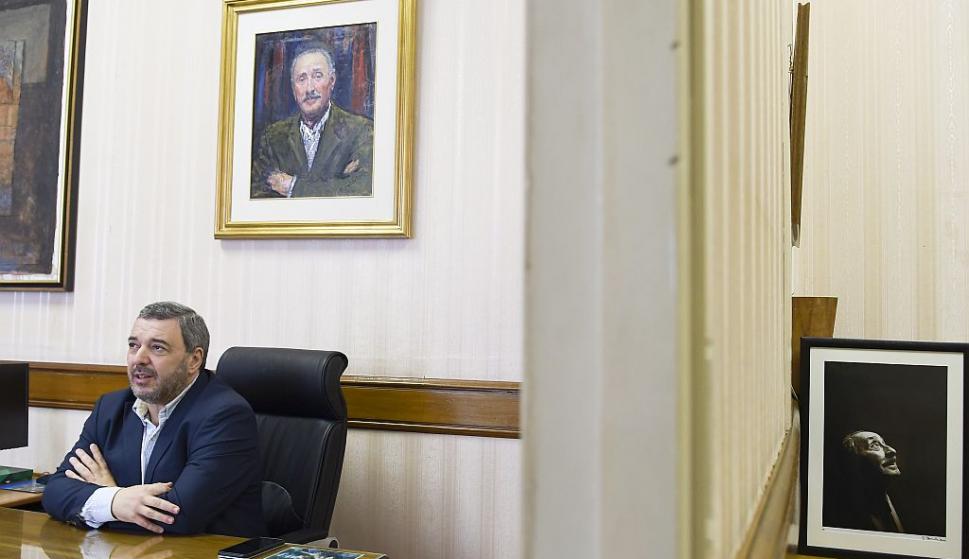Inspired by the reference to hyperdecibelia so discussed in this column, the musicologist and graduate in Music Therapy Jorge Fiallo Salazarte (Estévez 260, apt. 10, between Infanta and Barbería, Cerro, Havana) sends me his opinion, which is a gem:
«This April 4 your obligatory Music produced resonances shared with me with that general complaint on which you have insisted so much. And I intend to promote an awareness of music for broadcasters and audiences. Thus, I help to reduce the vicious noise that kills the mind, heart, neighborhood relationships and, not least, receptive and expressive capacity, no longer musical, but also verbal communication.
«There is an acute temporary deafness derived from exposure to intense sound, which becomes chronic if it is repeated. This also reduces understanding of speech due to the effect of deafness such as partial and tonal: not perceiving sounds of certain frequencies in the first, and not differentiating different sounds in the second.
“A tone deaf hears even the richest melody as if the same note were repeating. And when that affects the perception of the melodic intonation curve of speech, the ability to perceive and articulate, pronounce better and even project emotional states, as if there were a mismatch, is lost.
«A line of music therapy at the Tomatis Center in Chile cares for students with learning disabilities not due to intellectual factors, but due to a lower hearing capacity that prevents the identification of phonemes, apprehension and understanding of matter. Thus, everything is affected by problems based on the middle ear and the ability to listen.
“Many do not imagine hearing aids as culprits for deafness. And decibels also decide on them: a measurement of sound pressure, which in the lower volume of the pavilion and the middle ear, to scale, is equivalent to putting a gigantic loudspeaker. The effect of noise is proportional to the distance and the exposure time: it is not the same to feel a pneumatic hammer for a minute or eight hours, a hundred meters or to the side.
«We thus come to Camilo Conde’s complaint about music in an isolation center with high volume for eight hours on weekdays or ten on Sunday. And to Yurel Sánchez’s answer about “music policy” with breaks at noon and at sunset. It would be necessary to see how many hours and from what distance the sound engineers of Los Cocos are exposed … and the isolated ones, who do not go there to vacation.
«And more questions arise, thinking of everyone: assuming the appeal is approved by Public Health, at least soft and calm music should be recommended, turning it off for twenty minutes every hour, as is recommended in those cases. And it remains to be seen the location of the speakers, by the distance and the sound pressure in their inversely proportional relationship. Even testing the effect of amplified music on a field of corn, an American farmer saw the plants near the speakers dry out.
«Yurel’s response brought me resonances of that imagined“ general feeling ”that is activated when presenting as a holy word the end of the musical diffusion of satisfying requests. And you say well, José Alejandro, that in step-by-step surveys the majority do not always reveal reason and justice, after asking you if music is broadcast in hospitals.
«Do you hear yourself shouting through the intense sound of equipment set up to fill stadiums, even directed outside your own home? Be careful: beyond the intensity of the sound, the expressive characters of music affect the endocrine nervous system, and the entire organism, in animals and plants.
“Anyway, since it is already a proven fact that appropriate music makes cows give more milk, how can we consider our thinking neighbor less?”





